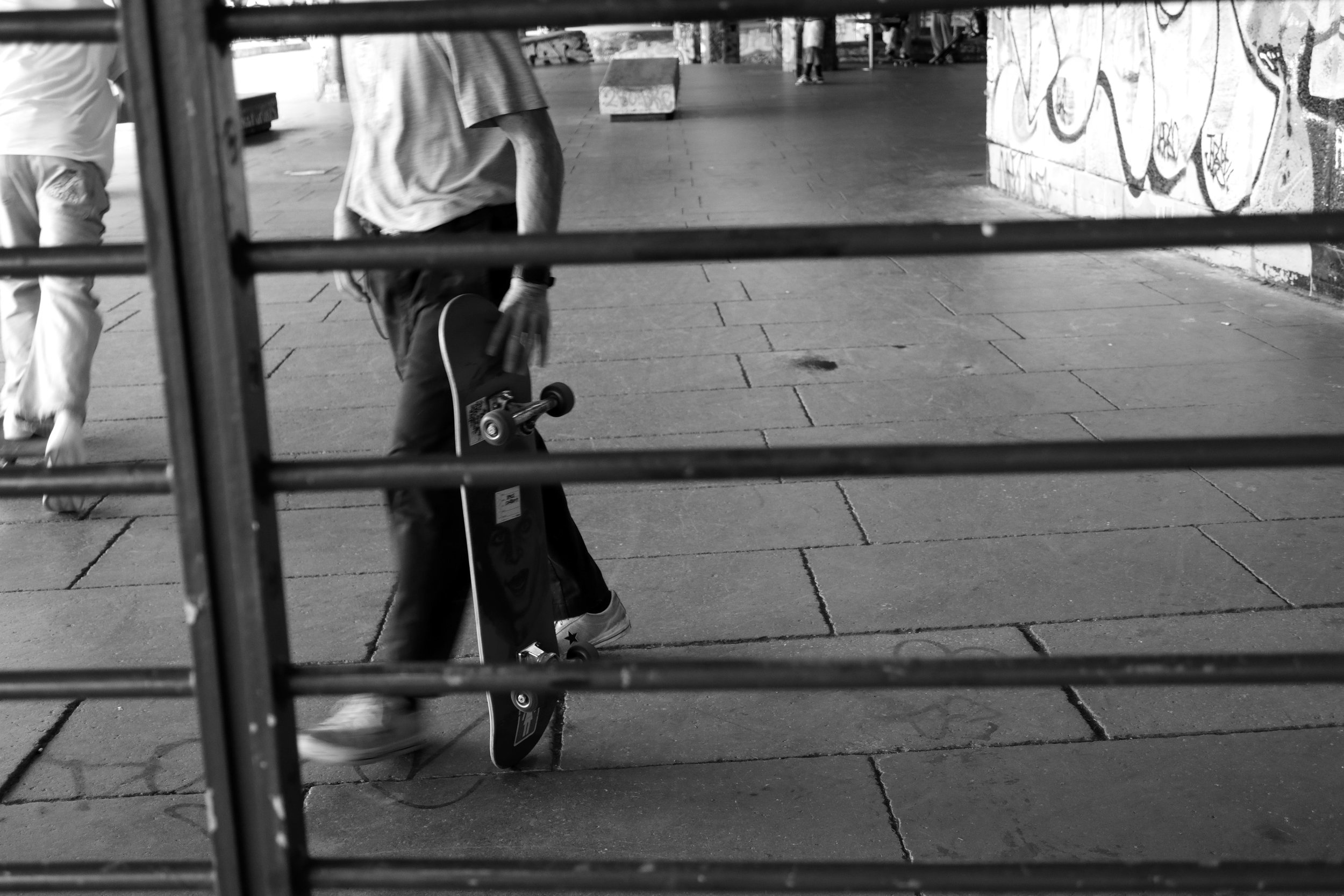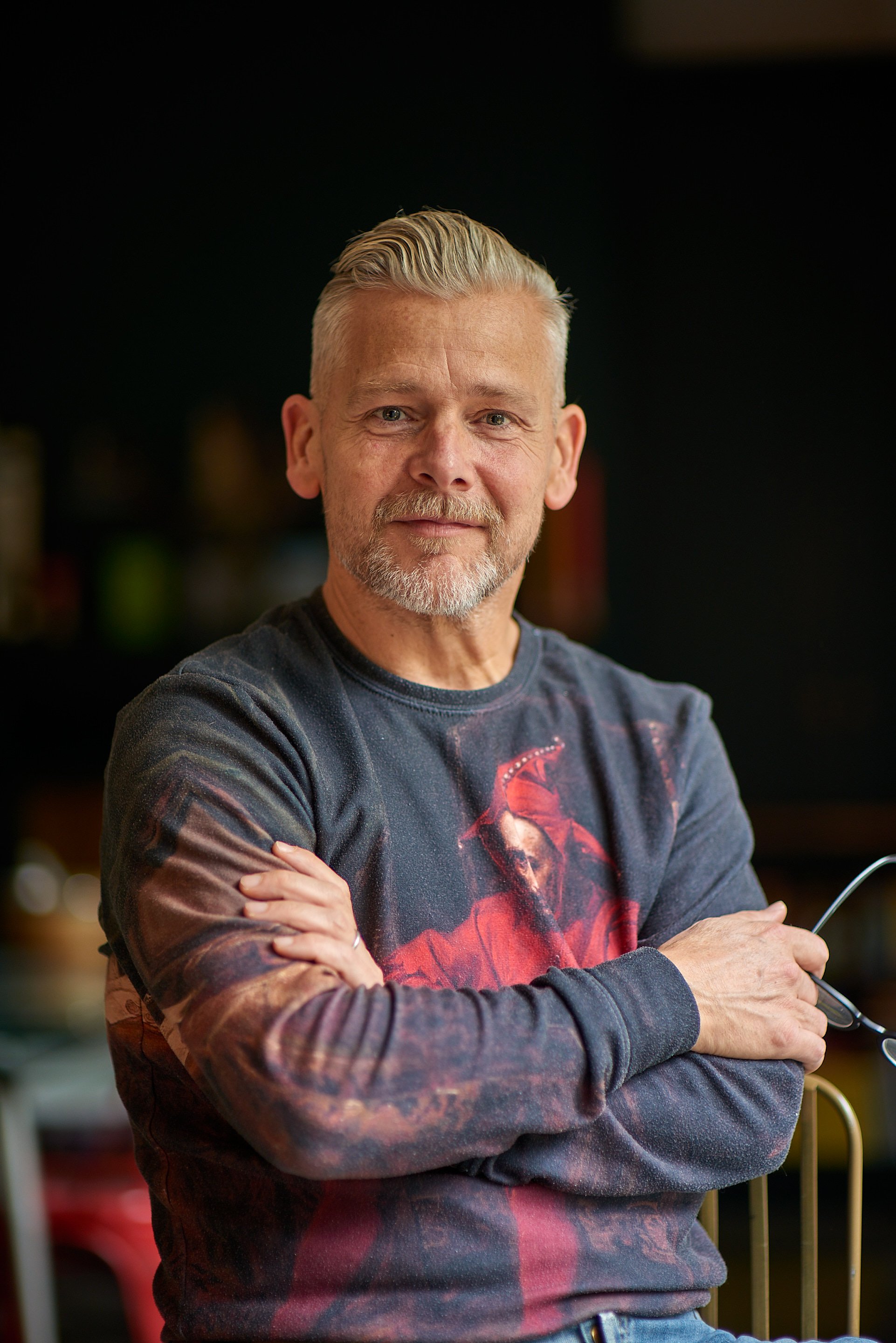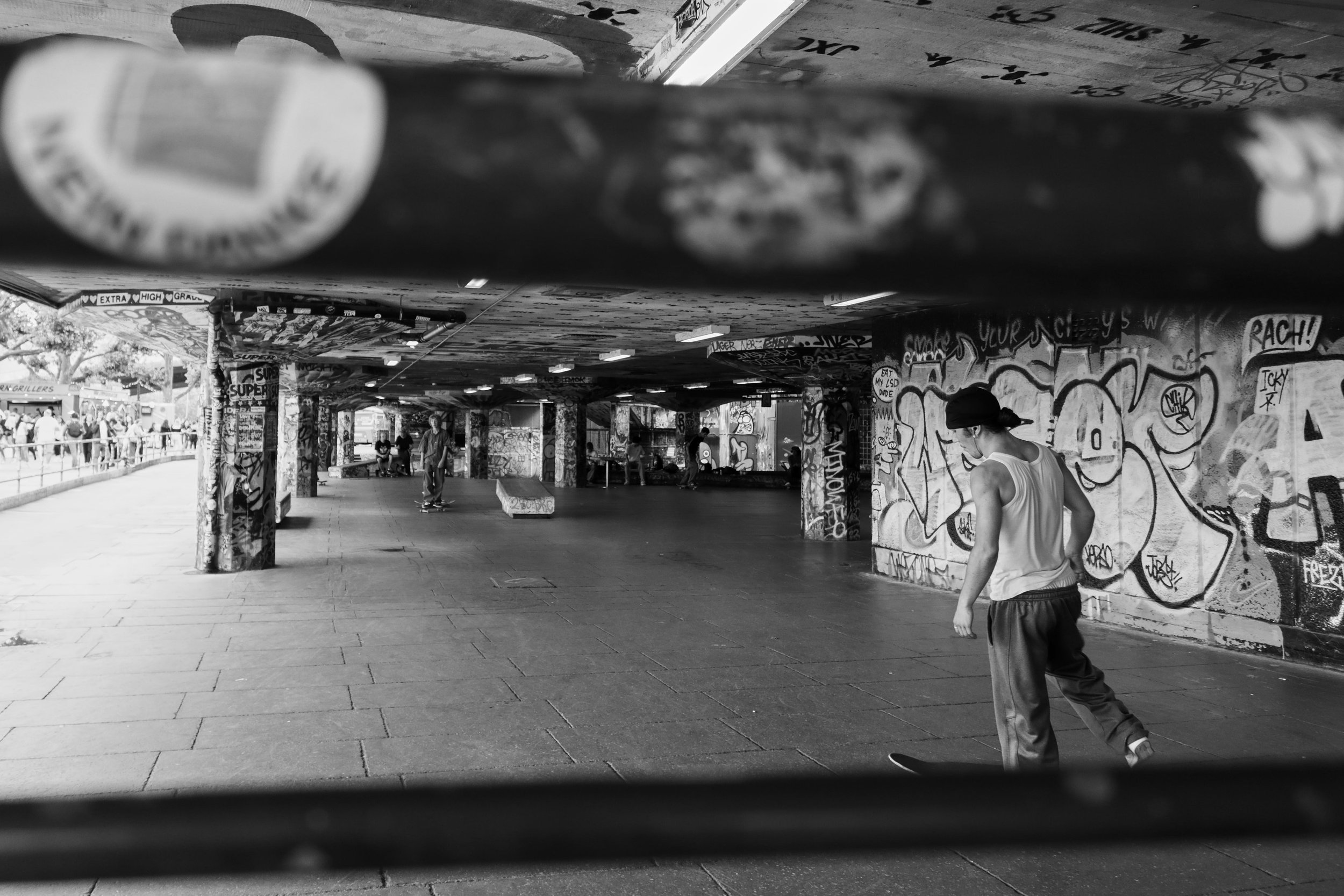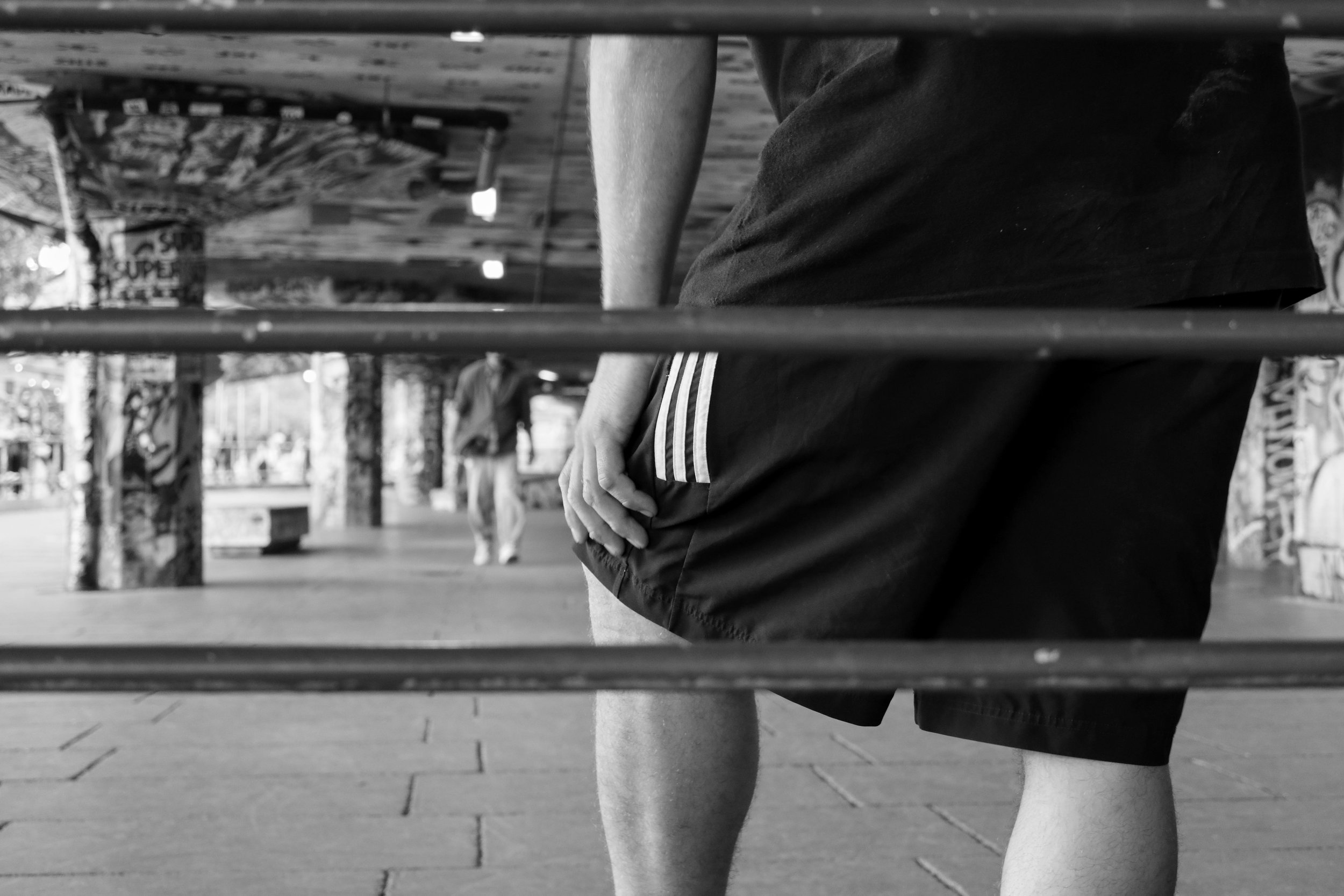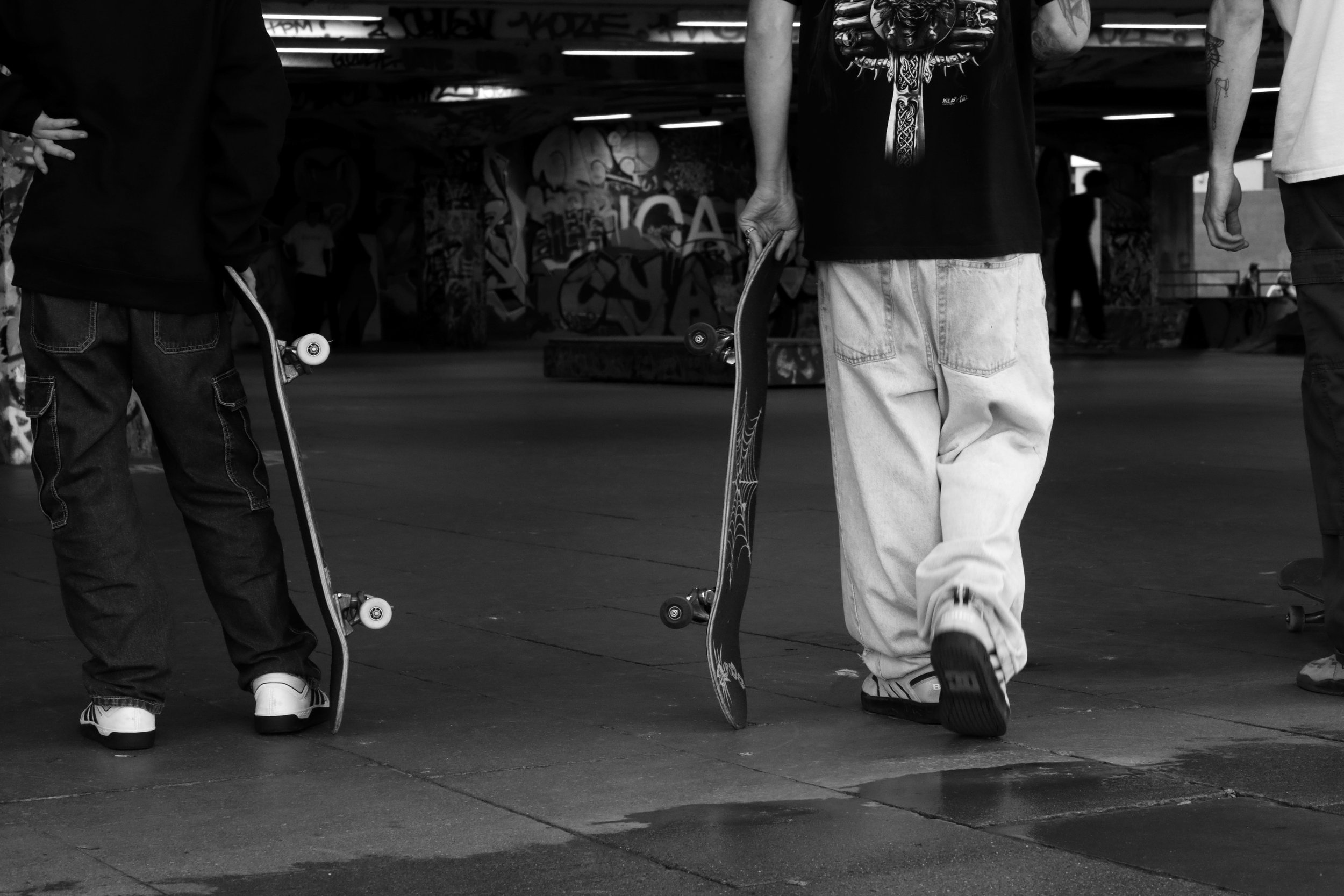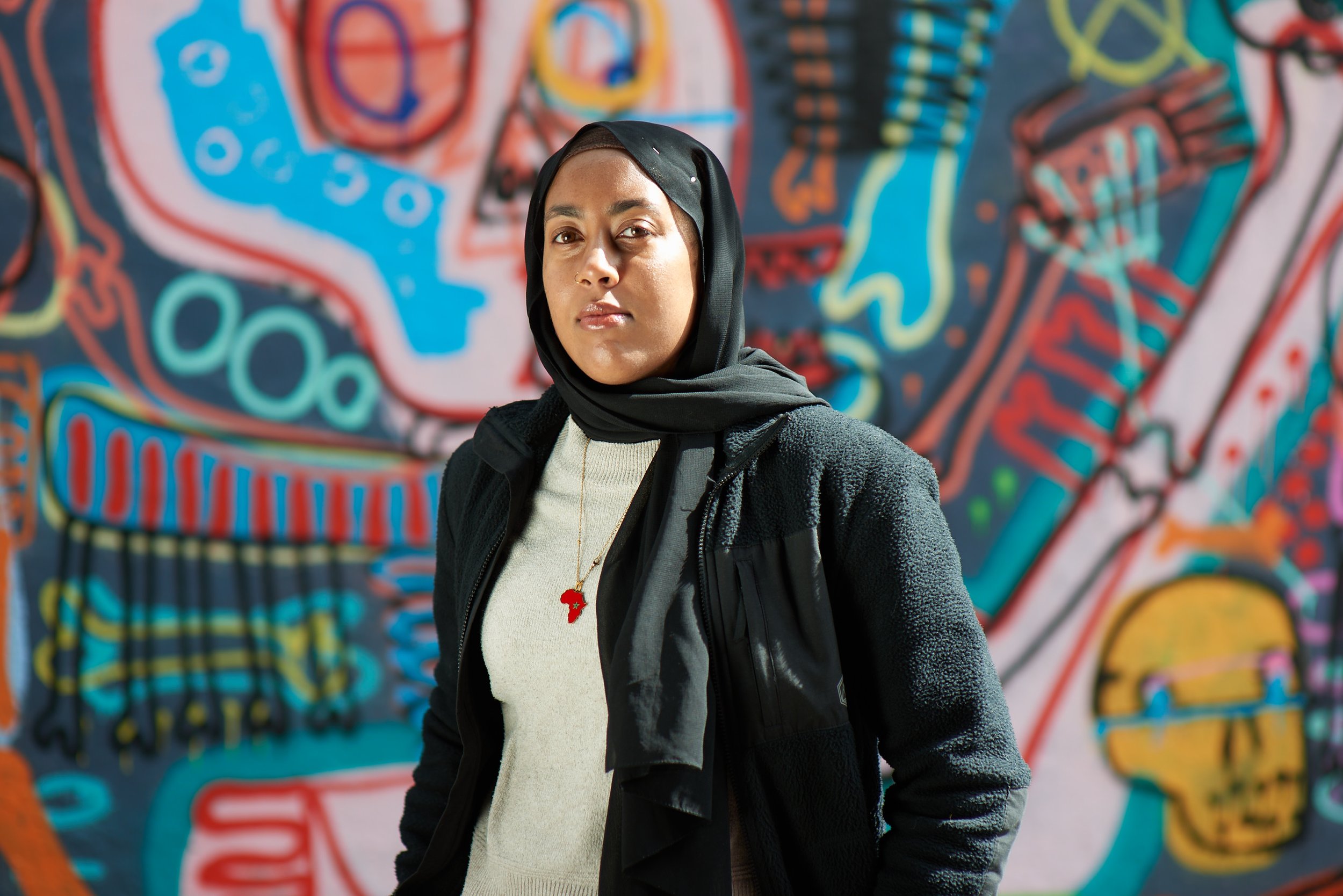Many stories follow a tried and tested formula and are intended to inform, educate, or entertain. They often depict journeys as metaphores for transformation or personal development. Not all stories are complete however, just as not all stories carry a responsibility to take a moral stance or make the world a better place. Some are simple tools that deliver a simple message, as in advertising or promotion, and it’s the means of that delivery - the story - that help the message succeed in finding its target. Of course the better the story, the more likely people are to remember it.
The most successful advertising campaigns often rely on comical or emotive narratives in order to engage their audience in this way. Similarly, company websites, marketing and promotional materials, even annual reports or promotional brochures all employ a visual narrative in order to get people’s attention and deliver their message.
Storytelling using stills images can take many forms: it can be a single, compelling image or a series of images taken over a period of time. A small collection of images can be used to showcase a process, a practice, or a product. No matter how simple or complex the narrative, photographic images provide an invaluable means of reaching your target audience.
Stories aren’t necessarily conclusive, they can be open-ended and form a small part of a wider, on-going narrative. For example the images below of skateboarders at the Undercroft at London’s Southbank Center don’t tell the complete story of urban skateboarding subculture; what they do is present a snapshot of that subculture, part of a much wider, on-going narrative.








